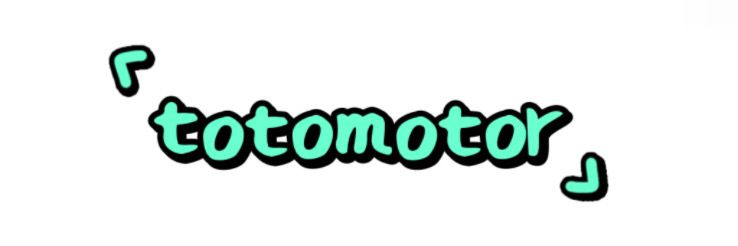What is the Electrical Hazard Model Overview?
In today's technology-driven world, electrical systems are integral to our daily operations. However, they also pose various risks that can lead to hazardous situations. Understanding these risks is imperative for end customers who want to ensure a safe working environment. This article provides an overview of the electrical hazard model, addressing common concerns and effective solutions.
For more information, please visit Electrical hazard model.
Understanding Electrical Hazards
Electrical hazards primarily arise from improper installation, faulty equipment, lack of maintenance, or human error. These risks can lead to dangerous situations such as electrical shocks, fires, and even fatalities. For end customers, the challenge lies in recognizing potential hazards before they lead to severe consequences. By understanding the root causes of these risks, customers can take proactive measures to mitigate danger.
Common Electrical Risks
Some of the most prevalent electrical hazards include:
- Electrical Shock: Direct contact with energized parts can lead to severe injuries or death.
- Electrical Fires: Overloaded circuits and faulty wiring can ignite fires, causing property damage and endanger lives.
- Arc Flash: This occurs when an electrical fault creates a sudden release of energy through the air, leading to explosive and dangerous conditions.
- Static Electricity: Industries dealing with flammable materials can experience hazardous situations due to static discharge.
Introduction to the Electrical Hazard Model
The electrical hazard model serves as a framework for identifying, analyzing, and mitigating electrical risks. It encompasses several elements crucial for effective safety management, aligning with industry standards and regulations. By utilizing the model, end customers can better understand their vulnerabilities and the measures needed to safeguard their operations.
Featured content:Essential Features of Welding Protective Footwear for Safety
Components of the Electrical Hazard Model
Key components of the electrical hazard model include:
- Risk Assessment: This involves evaluating the electrical systems in place and identifying potential hazards associated with equipment, work practices, and the work environment.
- Control Measures: Based on the assessment, customers can implement control measures such as circuit protection devices, grounding techniques, and proper safety equipment to minimize risks.
- Training and Awareness: Ensuring that employees are well-educated on electrical safety practices and hazard recognition is critical. Regular training sessions can enhance safety culture within an organization.
- Incident Investigation: In the event of an electrical incident, thorough investigations are necessary. Understanding the cause can guide future preventative strategies and improve safety protocols.
Implementing the Model Effectively
To effectively implement the electrical hazard model, customers should consider the following steps:
- Conduct Regular Inspections: Frequent inspections of electrical systems help identify and rectify potential issues before they evolve into serious hazards.
- Engage Qualified Professionals: Collaborating with electrical safety experts ensures that assessments and installations comply with safety standards, reducing risks significantly.
- Document Procedures and Incidents: Maintain a record of safety procedures, risk assessments, and any incidents that arise. This information can be invaluable in refining safety measures and procedures.
Conclusion
The electrical hazard model provides a robust framework for end customers aiming to enhance safety within their operations. By understanding potential hazards and employing effective risk management strategies, customers can significantly reduce the likelihood of electrical incidents. The focus should always be on proactive measures that prioritize safety, ensuring a secure working environment for personnel and the surrounding community.
Are you interested in learning more about Non-slip industrial shoes supplier? Contact us today to secure an expert consultation!
- 0


